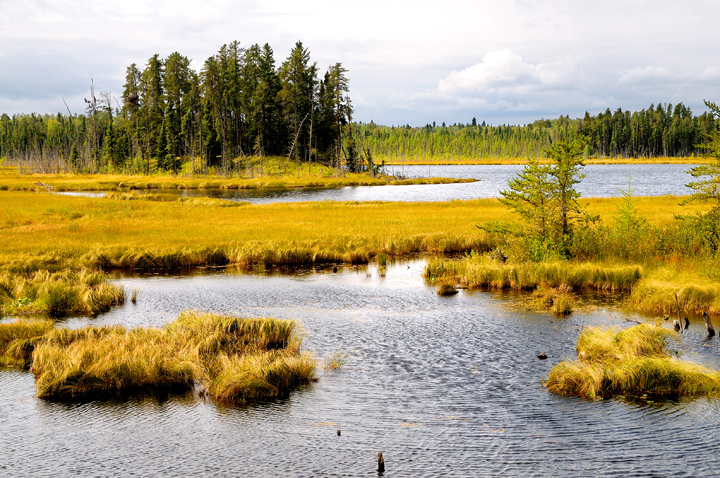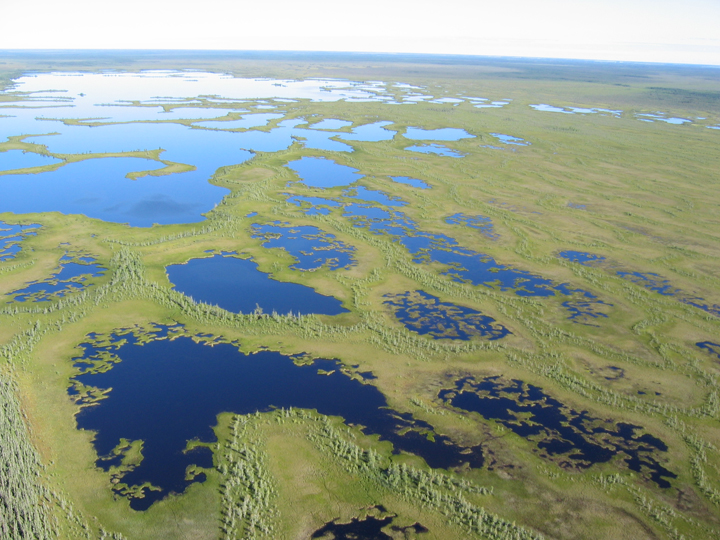WINNIPEG – Two environmental groups are calling for more protection of the boreal forest in northern Manitoba which they describe as an important animal habitat and key protector of water quality.

A report by Ducks Unlimited Canada and the Boreal Songbird Initiative calls for 50 per cent of the forest to be protected from development. It suggests the other half could be developed cautiously with an eye to ecosystem protection.
“We know that development is definitely going to take place and we’re not saying, ‘Hey, halt development,'” said Christopher Smith of Ducks Unlimited.
“There’s still lots of room for development, but there’s also lots of room to consider protection as well.”
The forest has attracted international attention because it’s mostly intact and it’s huge. At 570,000 square kilometres, it’s larger than countries such as Sweden. The federal government, along with Manitoba and Ontario, is trying to get a large swath of the forest along the interprovincial boundary recognized as a UNESCO world heritage site.
The forest is an important habitat for caribou, birds and other animals, the report says, and acts as a natural filter for water. The region’s wetlands retain nitrogen and phosphorus from rivers that flow into Lake Winnipeg and other large bodies of water.
- Posters promoting ‘Steal From Loblaws Day’ are circulating. How did we get here?
- Canadian food banks are on the brink: ‘This is not a sustainable situation’
- Video shows Ontario police sharing Trudeau’s location with protester, investigation launched
- Solar eclipse eye damage: More than 160 cases reported in Ontario, Quebec
There has been limited development in the area, but more is on the horizon. An all-season road is being built along the east side of Lake Winnipeg to replace winter roads, and another is being contemplated further north between Churchill and the Northwest Territories.
Manitoba Hydro is developing new generating stations and there are mining possibilities.
The report applauds recent moves by the Manitoba government. About 12 per cent of the region is firmly protected, Smith said, and more areas are to be soon.
The province is planning a new provincial park to protect polar bear denning areas along Hudson Bay. It has also worked with First Nations communities to develop land-use plans to promote conservation.
“There are some really positive signs (from) the government and we’re just saying, ‘Let’s keep this momentum as we go forward,'” Smith said.





Comments